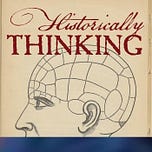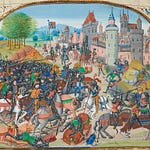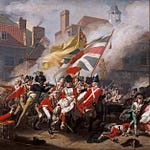Originally published on November 21, 2022 (Episode 294)
Introduction
On April 11, 1865, just days after Lee’s surrender, Abraham Lincoln stood before a crowd outside the White House. Rather than celebrate recent victories, he looked to the future. With the Thirteenth Amendment passed by Congress, he urged ratification—and then went further. Lincoln suggested that “the colored man” should have the right to vote, at least those who were “very intelligent” or who had served as soldiers.
Timid as it might sound today, those words were radical enough to move John Wilkes Booth, standing in the crowd, to act. “That’s the last speech he will ever make,” Booth swore to a companion. It was not the fall of Richmond or the Confederacy’s collapse, but the threat of Black suffrage that pushed him to assassinate the president.
Paul D. Escott explores that turning point and its aftermath in Black Suffrage: Lincoln’s Last Goal (University of Virginia Press, 2022), tracing the fight for voting rights in the weeks, months, and years after Lincoln’s death.
About the Guest
Paul D. Escott is Reynolds Professor of History Emeritus at Wake Forest University. He has written widely on slavery, race, and Reconstruction, with books including Slavery Remembered: A Record of Twentieth-Century Slave Narratives and The Worst Passions of Human Nature: White Supremacy in the Civil War North.
For Further Investigation
Paul D. Escott, Black Suffrage: Lincoln’s Last Goal (University of Virginia Press, 2022)
Related conversations:
Episode 67: Reconstruction, with Douglas Egerton
How Black Americans Created American Citizenship, with Christopher Bonner
True Blue, with Clayton Butler on Unionism and Andrew Johnson
Was Abraham Lincoln a Racist?, with Michael Burlingame
💬 Listen & Discuss
How should we evaluate Lincoln’s April 11th speech? Was it a cautious first step toward Black suffrage, or a bold break with the past? Share your reflections in the comments and pass this episode to anyone interested in the contested legacy of Reconstruction.










